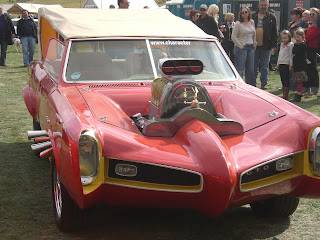More to sunglasses than meets the eye
The sun has made an early appearance this year (but at the time of writing the sun has gone!!) and drivers are getting their sunglasses out, but are they suitable for driving and do you know the requirements?
Low sun can be extremely dangerous whilst driving, especially with bright lights reflecting off, puddles, the car in front, or even parts of your own car e.g. the bonnet. Glare is a regular cause of road traffic accidents, although the correct pair of sunglasses could prevent them.
Sunglasses suitable for driving have two main requirements vision must be clear and light must not be too restricted; enough light must get to your eyes to see properly.
Tinted lenses are graded by the density of the tint, with 5 grades 0 to 4, 4 being the darkest and unsuitable for driving in the day or night, with only 3% to 8% of light being transmitted through the lens.
Grades 1 to 3 are suitable for day driving and depending on the brightness of the sun, grade 1 low sunlight, 2 medium sunlight, and 3 bright sunlight. Grade 0 is the only grade that is suitable for night driving because 80% to 100% of light is transmitted through to the eye, giving a clear or lightly tinted lens.
Due to the light levels within the car, grade 2 lenses which transmit between 18% and 43% of light are recommended for daytime driving.
If you are required by law to wear glasses for driving then the identical prescription applies to sunglasses. A prescription can be added to a fixed tinted lens, visiting an optician will ensure your vision is up to standard and the correct sunglasses are used. Opticians can also recommend anti-reflection coatings along with a hard coating to prevent scratching.
Remember, the responsibility is on you to have good vision, make sure sunglasses do not block your side or peripheral vision, deep side arms are the main culprits, as frequently found on fashoin sunglasses. Failing to have your vision corrected and protected from the sun could invalidate your insurance if you are involved in a road traffic accident.







